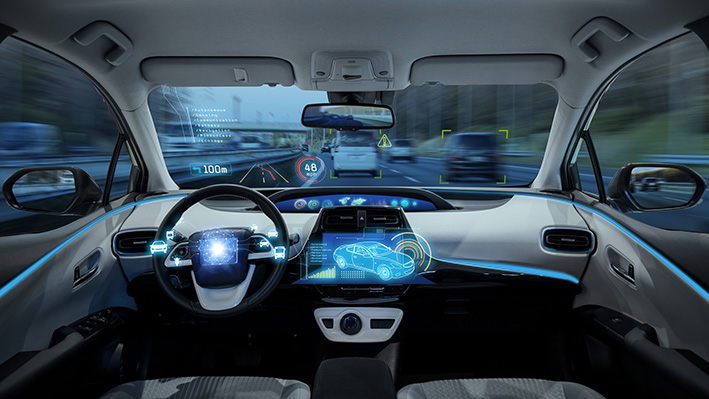Newsletter
THINGS2DO is a European joint project with over 40 partners,12 of whom are in Germany and have contributed particularly intensively in order to jointly create the design principles for the new FDSOI-based 22FDX technology. The objective of the project was to give European industry access to the new FDSOI semiconductor technology. The project extended far beyond making the FDOI technology available, and now at the end of the project, all of the essentials needed for the successful development of semiconductor components are available. This covers, in particular, the provision of tried and tested process design kits (PDK), efficient design methods, a comprehensive library of design IPs, and attractive SoCs as demonstrators and reference designs.

The performance capability of the development results has been proven with several demonstrators, including a system-on-chip (SoC) with outstanding performance data. The system was developed for the video signal processing and image recognition and has processing power of up to 1 tera OPS with a typical 5-watt power loss on a 64 square millimeter chip with special processors. It can be used in cars for various applications without fan cooling, such as for 360-degree all-around visibility, object recognition (e.g. traffic signs) or virtual exterior mirrors.
With a radar system as a demonstrator, Bosch showed that modern CMOS technologies offer new opportunities for automobile radar applications if both the system concept as well as the circuit design are designed and adapted for this purpose. To this end, Bosch examined new radar modulation concepts as part of the THINGS2DO project and developed appropriate high frequency circuits for the 22FDX® technology from GLOBALFOUNDRIES.
Generally speaking, the results far exceeded expectations: The 22FDX® technology introduced is significantly more powerful and saves more energy than the initially foreseen 28nm-FDSOI technology. The SoC demonstrator has considerably more processing power than planned and the duration of the project was shortened by half a year as a result of additional collaborative efforts. The early availability of the results has already contributed to the 22FDX® technology and associated IP portfolio of the design partners being established on the market and has significantly helped expand commercialization plans. German industry now has a high-performance chip development system available for 22FDX® technology that is suitable for industry applications.
The underlying 22FDX® technology originated from European developments. The new substrate material comes from the company SOITEC in France and the 22FDX® technology was developed in close cooperation with the company STMicroelectronics and the French research laboratory LETI from GLOBALFOUNDRIES in Dresden. The THINGS2DO project was started in 2014 and completed in 2018. The following organizations took part in the work: Fraunhofer IIS/EAS, Fraunhofer EMFT, Airbus Group, Dream Chip Technologies, GLOBALFOUNDRIES, Metaio, MunEDA, Bosch, Eberhard Karls University Tubingen and the Leibniz University in Hannover. THINGS2DO was funded as part of an announcement of the the European Union’s ENIAC technology initiative and on the basis of the national research program “IKT 2020 - Research for Innovation” from the German Federal Ministry of Education and Research (BMBF).
Dr. Peter Schneider, Director of the Fraunhofer Institute’s IIS/EAS division, explains on behalf of everyone involved at the Fraunhofer-Institute: “We are very pleased that we were able to make a valuable contribution to the success of this one-of-a-kind project with the development of circuit IPs and our know-how on implementing the demonstrators. In the process, our design methodology, “Intelligent IP”, was the key for successfully switching semiconductor technology to 22FDX®. One of the project’s results is that the efficient design and the fast and safe transfer from our own IP to this technology is now available to European industry.”
 Fraunhofer Institute for Integrated Circuits IIS, Division Engineering of Adaptive Systems
Fraunhofer Institute for Integrated Circuits IIS, Division Engineering of Adaptive Systems